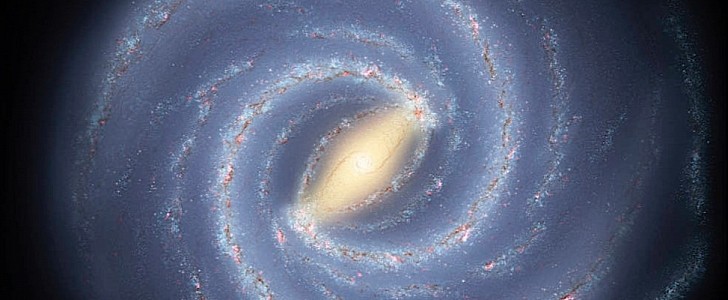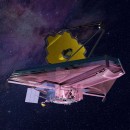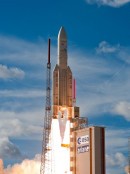The talk of the day in the world of telescopes is the James Webb. The mother of all galactic observation devices will be heading into orbit this December, following several delays and an overall bumpy ride. But NASA isn’t stopping there, and will send more such hardware into space this decade.
Next up on the agenda after Webb is COSI. The acronym stands for the Compton Spectrometer and Imager, and it was just selected by the space agency from a pool of 18 telescope proposals submitted in 2019.
COSI will be launched in 2025 as part of a “small astrophysics mission.” The hardware is a soft gamma-ray survey telescope (0.2-5 MeV) whose main task will be to “study the recent history of star birth, star death, and the formation of chemical elements in the Milky Way.”
More to the point, COSI will use its instruments to unravel some of the secrets of the galaxy where our solar system resides by studying the gamma rays coming from radioactive atoms that were born when stars exploded ages ago. This study should allow us, humans, to map where these elements were born in the Milky Way, effectively discovering its evolution.
Separately, COSI will also look into the origins of positrons, which are subatomic particles with the same mass as an electron, but a positive charge, as it seeks to give us a better understanding of where these things came from.
“For more than 60 years, NASA has provided opportunities for inventive, smaller-scale missions to fill knowledge gaps where we still seek answers,” said Thomas Zurbuchen, associate administrator for the agency’s Science Mission Directorate in Washington. “COSI will answer questions about the origin of the chemical elements in our own Milky Way galaxy, the very ingredients critical to the formation of Earth itself.”
COSI will be run by John Tomsick from the University of California, Berkeley, and the Goddard Space Flight Center. NASA estimates the telescope will cost $145 million to make and says that sum does not include launch costs. At the time of writing, it’s not known who will be handling COSI’s trip to space.
COSI will be launched in 2025 as part of a “small astrophysics mission.” The hardware is a soft gamma-ray survey telescope (0.2-5 MeV) whose main task will be to “study the recent history of star birth, star death, and the formation of chemical elements in the Milky Way.”
More to the point, COSI will use its instruments to unravel some of the secrets of the galaxy where our solar system resides by studying the gamma rays coming from radioactive atoms that were born when stars exploded ages ago. This study should allow us, humans, to map where these elements were born in the Milky Way, effectively discovering its evolution.
Separately, COSI will also look into the origins of positrons, which are subatomic particles with the same mass as an electron, but a positive charge, as it seeks to give us a better understanding of where these things came from.
“For more than 60 years, NASA has provided opportunities for inventive, smaller-scale missions to fill knowledge gaps where we still seek answers,” said Thomas Zurbuchen, associate administrator for the agency’s Science Mission Directorate in Washington. “COSI will answer questions about the origin of the chemical elements in our own Milky Way galaxy, the very ingredients critical to the formation of Earth itself.”
COSI will be run by John Tomsick from the University of California, Berkeley, and the Goddard Space Flight Center. NASA estimates the telescope will cost $145 million to make and says that sum does not include launch costs. At the time of writing, it’s not known who will be handling COSI’s trip to space.






